Ways to be at one with winged wildlife
Swooping in, the chickadee grabs a sunflower seed from the feeder and carries it away. It’s quite unlike my next guest, a blue jay who arrives with a screech and gathers three peanuts – still in their shells! I watch it disappear to crack them open at some secret spot beyond my window.
Bird feeding helps counter human reduction of natural habitat. It’s also a great way to de-stress with nature, and attracts birds to your yard that might not otherwise visit. You might even do what students in the Biological Sciences Technology – Conservation Biology program do – observe species for Project FeederWatch. They share data collected from November to April with the Cornell Lab/Bird Studies Canada program to help track bird distribution and populations.
Laurie Hunt, Conservation Biology instructor, coordinates the efforts at NAIT. “We’re not near any large parks so this helps to bring birds onto campus. Students go out with a tally sheet and binoculars, check off the times, and record what they see.”
Hunt’s students gain experience for future careers, but anyone can invite birds into the backyard by using their methods. You don’t have to be studying ornithology to get in on the avian action.
Birds to look for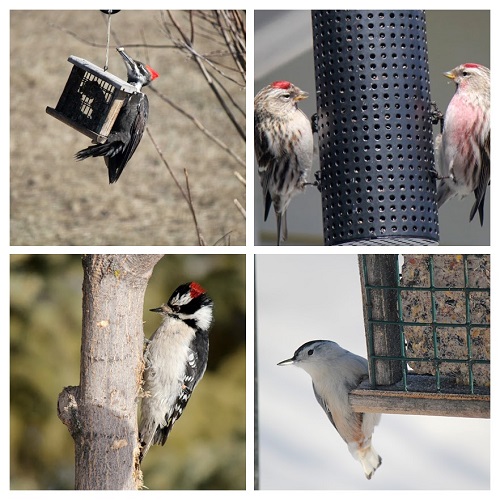
The birds you see will depend on your local habitat. In north central Alberta, you might see these visitors at winter feeders:
- blue jays
- bohemian waxwings
- chickadees
- common redpolls
- dark-eyed juncos
- European starlings
- hairy, downy and pileated woodpeckers
- house finches
- magpies
- northern flickers
- pine siskins
- red and white-breasted nuthatches
- red and white-winged crossbills
What to feed them
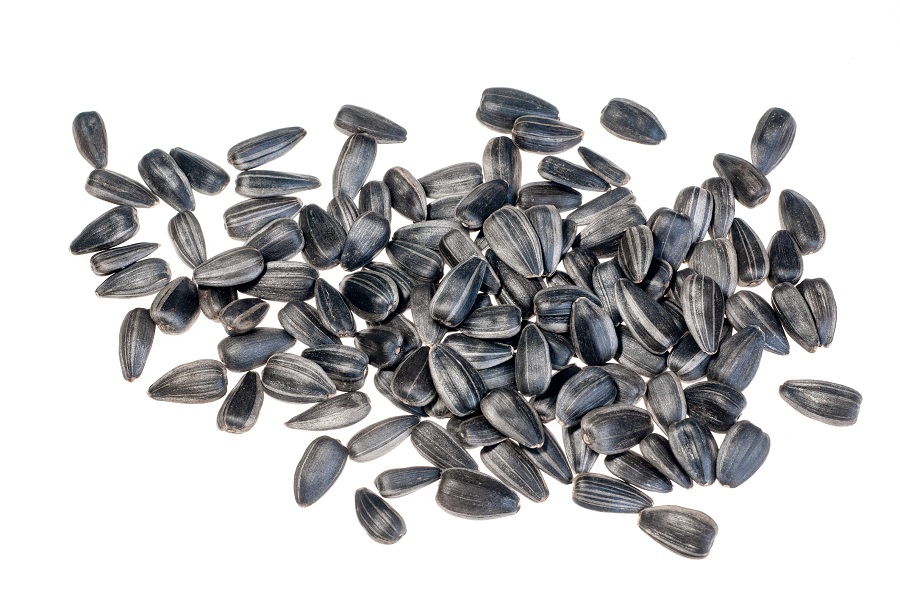
“Putting out seeds helps a lot,” says Hunt. “The foods birds usually eat are just not as accessible in winter. There’s less access to nutritious berries and insects.”
There are many choices of seeds, but one clear winner. “Research shows black oil sunflower seeds are likely to attract the most species,” says Hunt. “They’re nutritious, high in fat, and small, and their thinner shells make them easier to handle. More birds can open them up.”
You can find seeds at grocery, hardware and bulk outlets, but specialty stores will offer more options and recommendations from knowledgeable staff. In Edmonton and area, try Wildbird General Store, Baker’s Bird Shop, Wild Bird’s Unlimited or Spruce Grove Feeds.
However, different foods will attract different species. “Suet is very good for woodpeckers and nuthatches,” says Hunt. “While peanut butter is also nutritious and high in fat.”
How to feed them
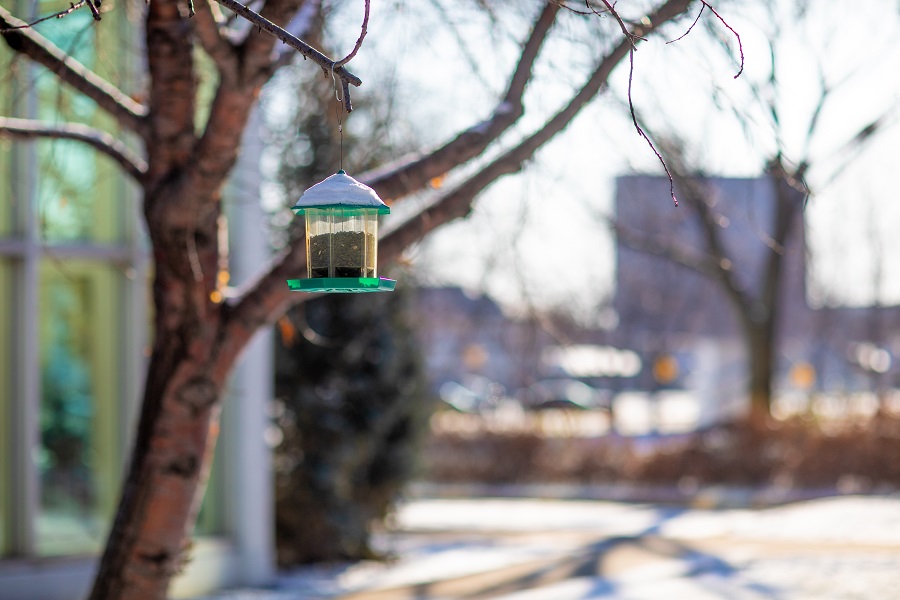
Hunt recommends using a variety of feeders to attract birds with different feeding habits. A hopper feeder has an enclosed container, which helps keep seeds clean. Some feeders have an open platform that can be hung from a tree or mounted on a pole, while others attach to a window. Others, placed on or low to the ground, will attract different birds, such as juncos. Still others are intended for specific types of foods. For example, “redpolls and pine siskins enjoy nyjer seed,” says Hunt, “which requires a special tubular feeder with small holes.”
Hunt stresses the importance of keeping feeders clean. Scrub them with soapy water and a bit of bleach and make sure they are dry before refilling. “There’s concern birds will get sick, or transmit diseases between each other, if feeders are not clean. You don’t want moldy food to build up.”
It’s OK to feed them year-round (or forget to)
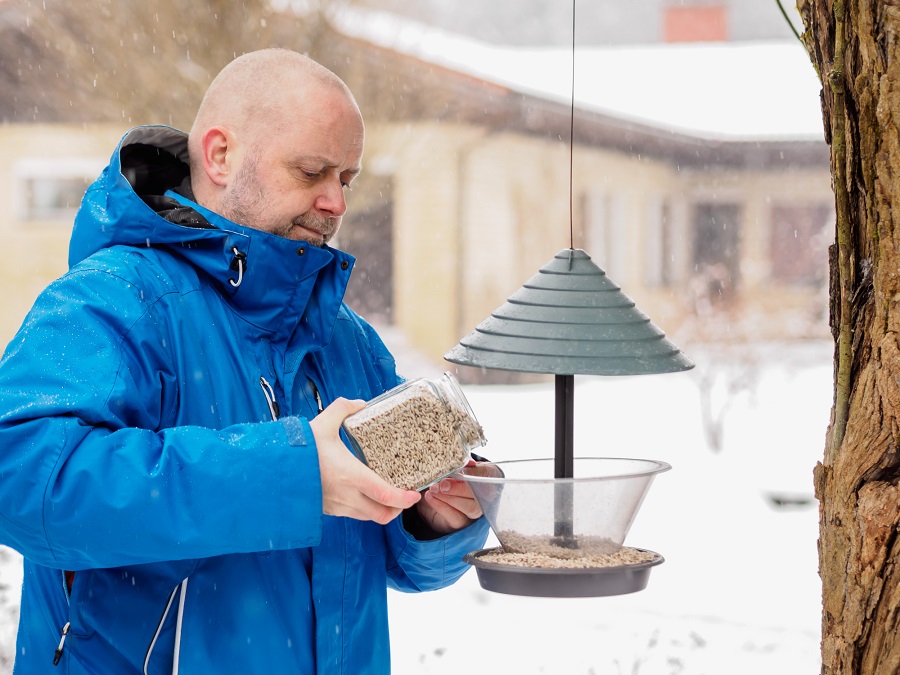
Rumours abound, even in the world of birding. Will birds really refrain from migrating if a food source is available? Will they survive if you forget to refill your feeder?
There is no harm feeding year-round. “Natural food is still readily available when they migrate, so bird feeders will not impact their behaviour,” says Hunt. That said, she prefers to feed from October to March or April, stopping when rain is likely to dampen seeds.
She doesn’t fret about when those seeds run out, either. “Birds get the majority of their nutrition from natural sources and use feeders to supplement their feeding. They adapt when feeders go empty,” says Hunt.
Create a bird-friendly environment
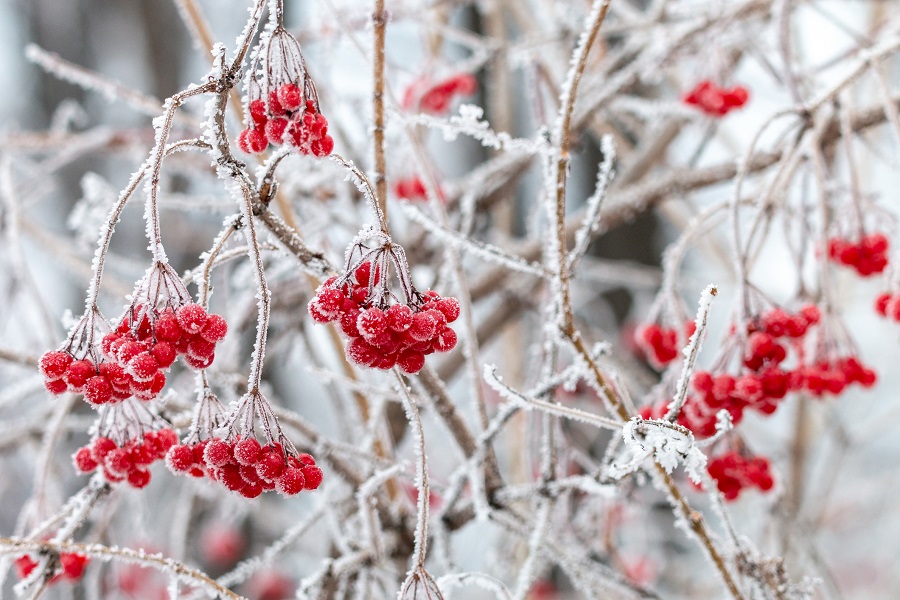
You can also make your yard attractive to birds by planting natural vegetation and maintaining natural cavities. Chickadees, for example, get through cold Alberta nights by huddling together, either under snow or in tree cavities.
“Keep older trees, but when they must be cut for safety, trim them so that they can be used by cavity-nesting birds,” says Hunt. “Maintain native plants, especially those with berries, because they provide species with what they need.”
Unlike Hunt’s students, you won’t get grades for being a friend to the birds, but there are rewards nonetheless. A glance out your window offers a chance to learn more about each species, along with the pride and satisfaction of knowing you’re helping them through another chilly winter.
Day trips for bird watching
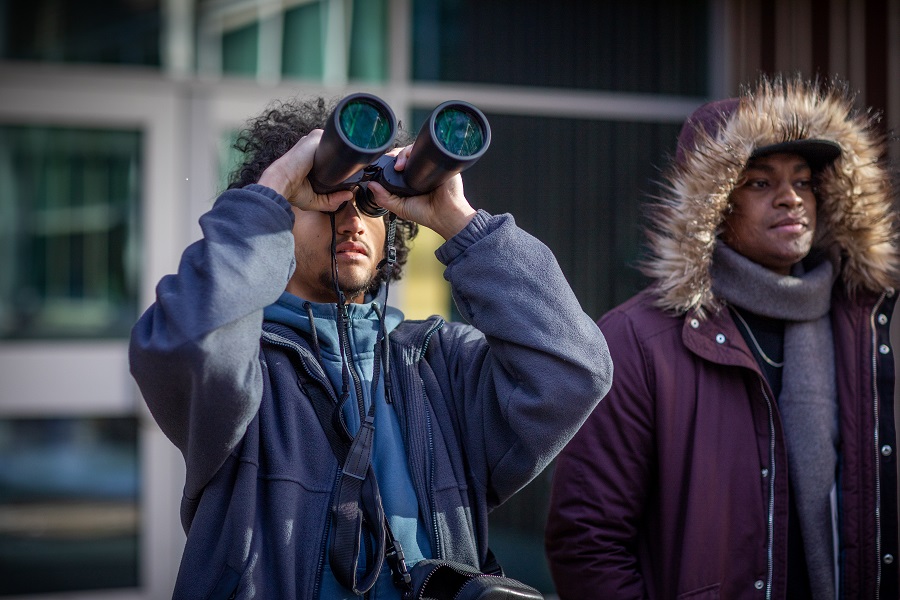
Need a great reason to get out of the city? Check out your feathery friends in their natural habitats. Here’s a selection of best birding sites from Day Trips From Edmonton by Joan Marie Galat (Biological Sciences Technology – Environmental Sciences ’84).
- Beaverhill Bird Observatory
- Brazeau Reservoir Provincial Recreation Area
- Coyote Lake Natural Area
- Elk Island National Park
- Ellis Bird Farm
- Holmes Crossing Sandhills Ecological Reserve
- Sherwood Park Natural Area
- Thunder Lake Provincial Park